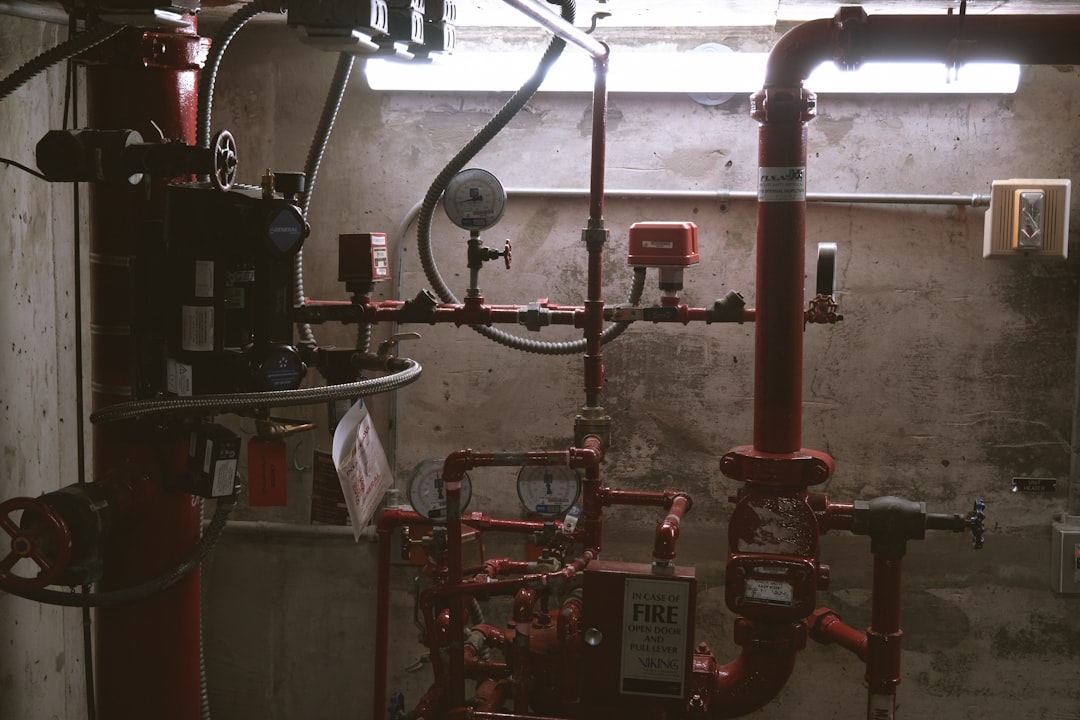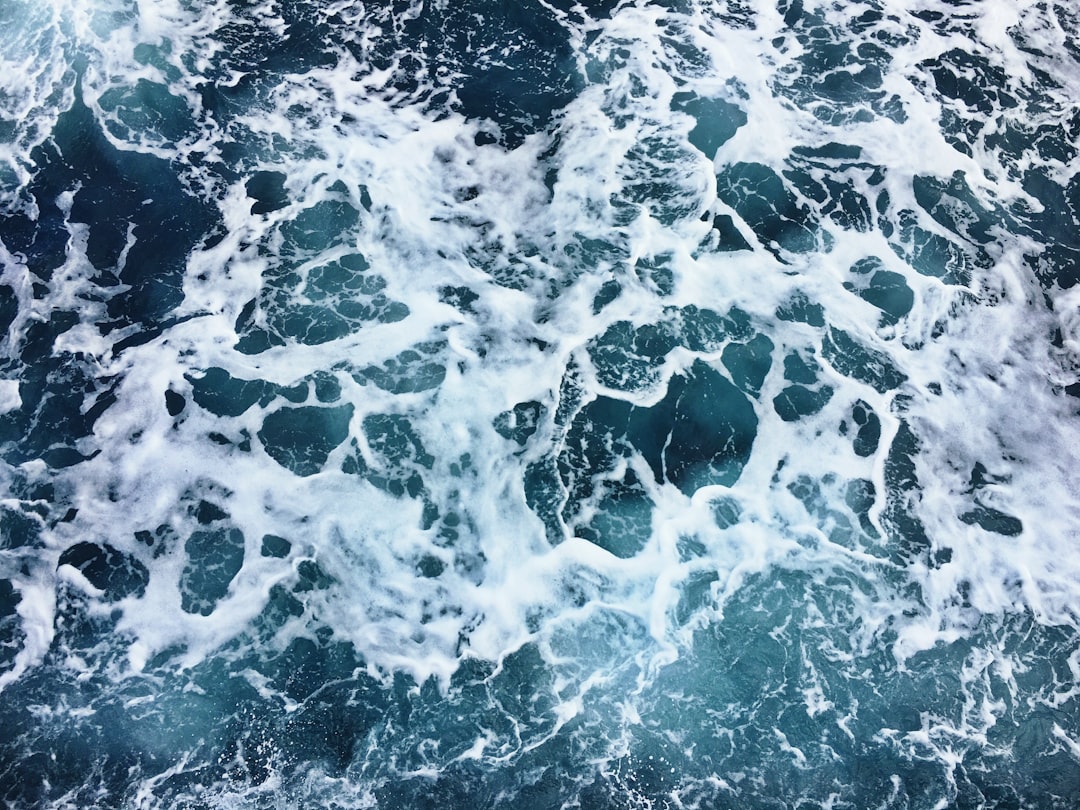Table of Contents
- Introduction
and installation for garbage disposals requirements for garbage disposals - _______
or replacement by plumbers for garbage disposal installation - Conclusion
- Frequently Asked Questions
Introduction
Are you wondering if plumbers in [city] have what it takes to successfully install garbage disposals? You’re not alone. The task of installing a garbage disposal may seem daunting, but with the right expertise and experience, plumbers in [city] can tackle this job with ease. From ensuring proper connections to troubleshooting any potential issues, the process requires skill and precision. In this article, we will delve into whether plumbers in [city] are up to the challenge of installing garbage disposals effectively. So, sit back, relax, and let’s explore the world of garbage disposal installation in [city] together.
and installation
Plumbers are skilled professionals who are trained to work on various aspects of plumbing systems, including the installation of garbage disposals. Installing a garbage disposal involves connecting it to the existing plumbing system, ensuring proper drainage, and making sure it functions correctly. Plumbers have the expertise to handle the electrical and plumbing components involved in installing a garbage disposal, ensuring that it is done safely and efficiently.
When hiring a plumber to install a garbage disposal, it is important to choose a licensed and experienced professional. Plumbers can assess your kitchen layout, determine the best location for the disposal, and advise on the right size and type of disposal for your needs. They can also provide guidance on maintenance and care to ensure the longevity of the appliance. Overall, plumbers play a crucial role in the proper installation of garbage disposals, helping homeowners enjoy the convenience and efficiency they offer in the kitchen.
for garbage disposals
When it comes to installing garbage disposals, plumbers are the go-to professionals for the job. Garbage disposals are plumbing fixtures that need to be properly installed to ensure they function correctly and avoid any potential issues in the future. Plumbers have the expertise and experience to handle the installation of garbage disposals efficiently and effectively.
Installing a garbage disposal involves connecting it to the sink drain and sewer system, which requires knowledge of plumbing systems and connections. Plumbers can accurately assess the current plumbing setup and make any adjustments necessary to accommodate the new garbage disposal. They also have the necessary tools and equipment to complete the installation safely.
Additionally, plumbers can provide valuable advice on the type and size of garbage disposal that would best suit the specific needs of the household. They can also offer maintenance tips to ensure the longevity of the garbage disposal. Overall, relying on plumbers for the installation of garbage disposals is a wise choice to ensure a smooth and successful installation process.
requirements for garbage disposals
When it comes to installing garbage disposals, plumbers need to consider the requirements of the plumbing system to ensure proper functionality and efficiency.
One key requirement is the presence of a dedicated outlet under the sink. Garbage disposals need to be connected to electricity to power the motor that grinds food waste. This outlet should be easily accessible and ideally installed by a licensed electrician to meet safety standards.
Additionally, the plumbing system should have a trap installed to prevent food particles or debris from clogging the pipes. The trap helps to catch solid waste before it enters the main plumbing system, reducing the risk of blockages and damage.
Furthermore, the diameter of the drain line should be compatible with the garbage disposal unit to allow proper drainage of water and food waste. Plumbers need to ensure that the connections are secure and leak-free to prevent water damage and maintain the overall functionality of the system.
_______ or replacement by plumbers
Garbage disposals are essential appliances in many kitchens, helping to dispose of food waste efficiently. When it comes to garbage disposal repair or replacement, plumbers are often the go-to professionals for the job. Plumbers have the expertise and skills to diagnose issues with garbage disposals, such as clogs, leaks, or motor problems, and perform the necessary repairs. They can also assess whether a garbage disposal needs to be replaced and handle the installation process.
Replacing a garbage disposal involves disconnecting the old unit, installing the new one, connecting the plumbing lines, and ensuring everything is working correctly. Plumbers can recommend the right disposal for your needs, taking into account factors like size, power, and usage. Additionally, they can provide valuable maintenance tips to help extend the life of your garbage disposal and prevent future issues.
for garbage disposal installation
When it comes to installing garbage disposals, plumbers need to ensure compliance with plumbing codes to meet safety and functionality standards. Plumbing codes vary by location, but there are common guidelines that plumbers should follow. One important aspect is the proper connection of the disposal to the plumbing system. This includes adhering to the correct pipe sizes, trap configurations, and venting requirements. Plumbers must also consider the electrical aspects of garbage disposal installation, such as ensuring proper grounding and connections to avoid hazards.
Additionally, some plumbing codes require air gaps to prevent backflow and contamination. It’s essential for plumbers to understand these requirements and incorporate them into the installation process. By following plumbing code regulations, plumbers can ensure that the garbage disposal functions correctly, safely, and in compliance with the law.
Conclusion
If you’re in need of expert plumbing assistance, don’t hesitate to call 573-555-2121 now. Our professional plumbers are ready to help you with all your plumbing needs. Whether you require garbage disposal installation, repair, or maintenance, we’ve got you covered. Contact us today for reliable and efficient plumbing services!









